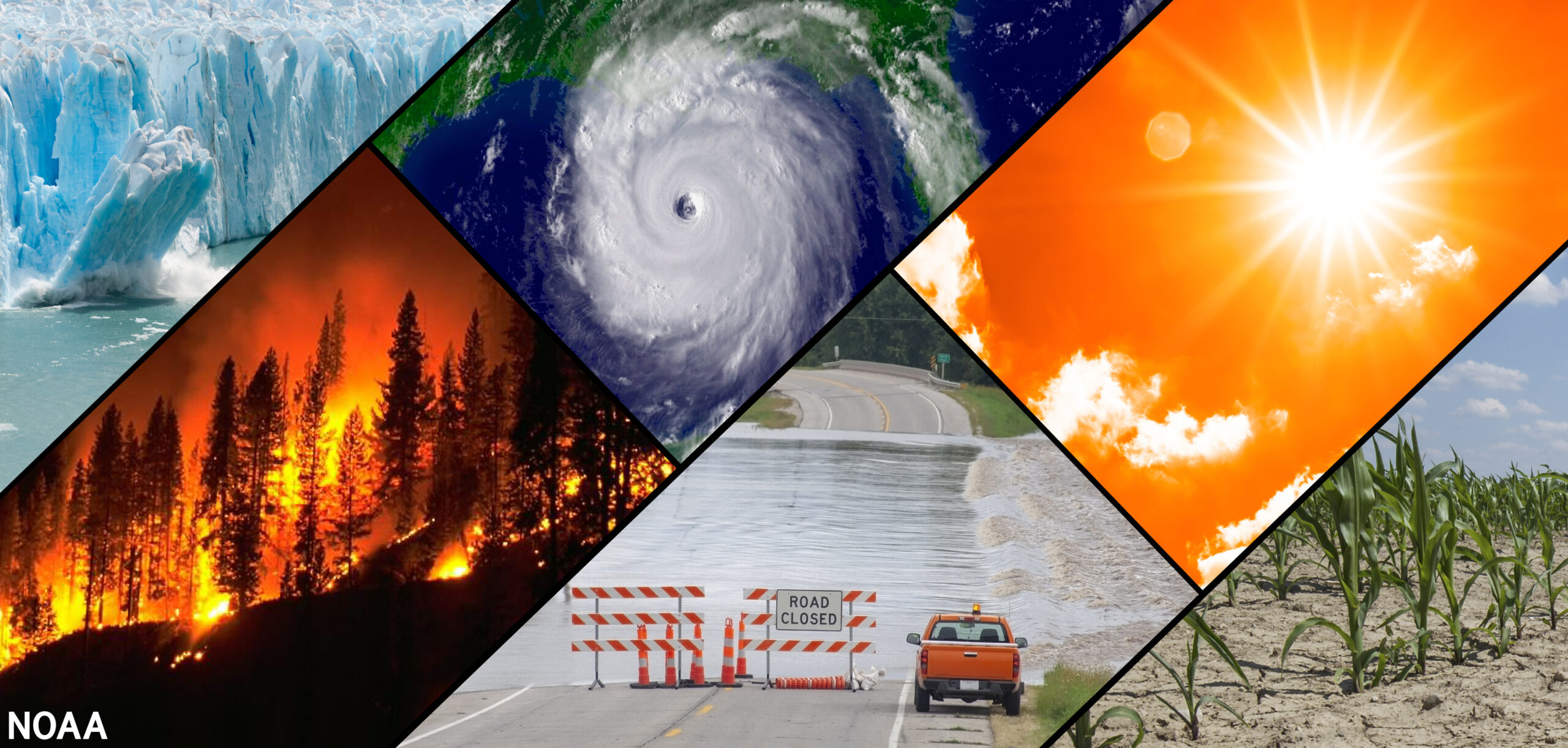
World environments are rapidly changing, often suddenly. There is a growing need for robust and adaptable systems to be able to provide aid and support.
Recent months have presented us with a series of unprecedented natural disasters – Hurricane Ida and Hurricane Henri are just a few examples. However, many aquatic rescue robots today are focused merely on towing stranded personnel back to shore or preventing drowning (Matos, et al., 2017). Other natural robots are focused on remote data collection and surveillance (NOAA, n.d.). Enabling more robust functionalities to allow for significant interactions with the operating environment with the goal of guiding users to safety quickly and seamlessly is a prime area for impact.
Learn more about
Image credits:
NOAA. (2021, August 13). It’s official: July was Earth’s hottest month on record. It’s official: July was Earth’s hottest month on record | National Oceanic and Atmospheric Administration. Retrieved October 5, 2021, from https://www.noaa.gov/news/its-official-july-2021-was-earths-hottest-month-on-record.
Citations:
- Matos, Aníbal & Silva, E. & Almeida, J.M. & Martins, Alfredo & Ferreira, Hugo & Ferreira, Bruno & Alves, J.C. & Dias, A. & Fioravanti, Stefano & Bertin, Daniele & Lobo, Victor. (2017). Unmanned Maritime Systems for Search and Rescue. 10.5772/intechopen.69492.
- NOAA. (n.d.). What is an ROV? What is an ROV? : Ocean Exploration Facts: NOAA Office of Ocean Exploration and Research. Retrieved November 1, 2021, from https://oceanexplorer.noaa.gov/facts/rov.html.
